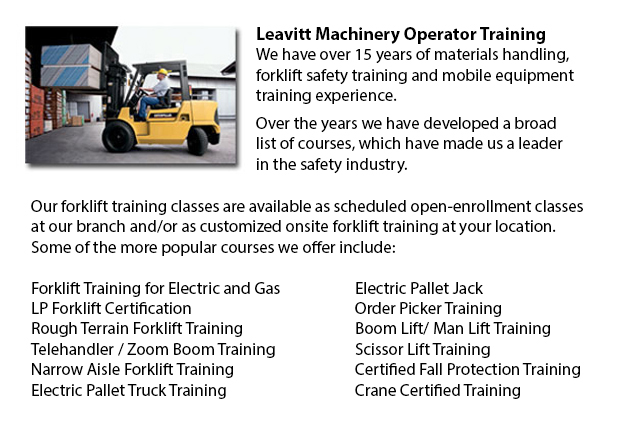
Aerial lifts are able to accommodate numerous odd jobs involving high and hard reaching places. Usually utilized to carry out daily upkeep in structures with elevated ceilings, trim tree branches, raise burdensome shelving units or mend phone lines. A ladder could also be used for some of the aforementioned jobs, although aerial hoists provide more safety and stability when correctly used.
There are a couple of distinctive types of aerial forklifts available, each being able to perform slightly unique tasks. Painters will often use a scissor lift platform, which can be utilized to reach the 2nd story of buildings. The scissor aerial platform lifts use criss-cross braces to stretch out and extend upwards. There is a table attached to the top of the braces that rises simultaneously as the criss-cross braces lift.
Container trucks and cherry pickers are another type of aerial lift. They possess a bucket platform on top of an extended arm. As this arm unfolds, the attached platform rises. Lift trucks utilize a pronged arm that rises upwards as the lever is moved. Boom lifts have a hydraulic arm that extends outward and lifts the platform. All of these aerial hoists have need of special training to operate.
Training programs offered through Occupational Safety & Health Association, acknowledged also as OSHA, embrace safety procedures, system operation, upkeep and inspection and device weight capacities. Successful completion of these education courses earns a special certified certificate. Only properly qualified people who have OSHA operating licenses should drive aerial lifts. The Occupational Safety & Health Organization has formed rules to uphold safety and prevent injury while using aerial lift trucks. Common sense rules such as not using this piece of equipment to give rides and making sure all tires on aerial platform lifts are braced so as to hinder machine tipping are noted within the guidelines.
Sadly, figures illustrate that over 20 operators pass away each year when running aerial lifts and 8% of those are commercial painters. The majority of these incidents are due to improper tire bracing and the hoist falling over; therefore many of these deaths had been preventable. Operators should ensure that all wheels are locked and braces as a critical security precaution to prevent the machine from toppling over.
Other suggestions include marking the surrounding area of the device in a visible way to safeguard passers-by and to guarantee they do not come too close to the operating machine. It is crucial to ensure that there are also 10 feet of clearance between any electrical lines and the aerial hoist. Operators of this machinery are also highly recommended to always have on the proper security harness when up in the air.
-
Komatsu Forklift
Komatsu Forklift U.S.A. Inc., a member of the Komatsu Ltd. family, has an encouraging reputation for building durable and reliable forklifts. They are recognized globally as a business who has a proud heritage and who maintains a standard of superior... More -
Pneumatic Forklifts
Pneumatic lift trucks are often called pallet lift trucks or pump trucks and are commonly used in warehouses and delivery facilities to move resources on pallets. Pneumatic lift trucks comprises a pair of metallic forks mounted on a wheeled counterwe... More -
Toyota Forklift
Since 1992, Toyota Material Handling inc., U.S.A., also called TMHU, have been the top selling lift truck dealer in the United States. Proudly celebrating more than 40 years of performance, the Irvine, California based company presents an extensive l... More -
Genie Forklift
Genie is a universally recognized company that enjoys the spirit of partnership with their extensive network of connected customers. Genie Industries prides itself on the idea of bringing materials and people higher and extending beyond the products... More -
Clark Forklift
Presently, there are at least 350,000 Clark forklifts performing worldwide, and upwards of 250,000 in commission in North America alone. With five major lines across the globe, Clark is proud to be one of the most expansive organizations in the indus... More

Forklift Training Goodyear
TOLL FREE: 1-888-254-6157
Goodyear, Arizona
forkliftcertificationgoodyear.com
Email Us
About Us


